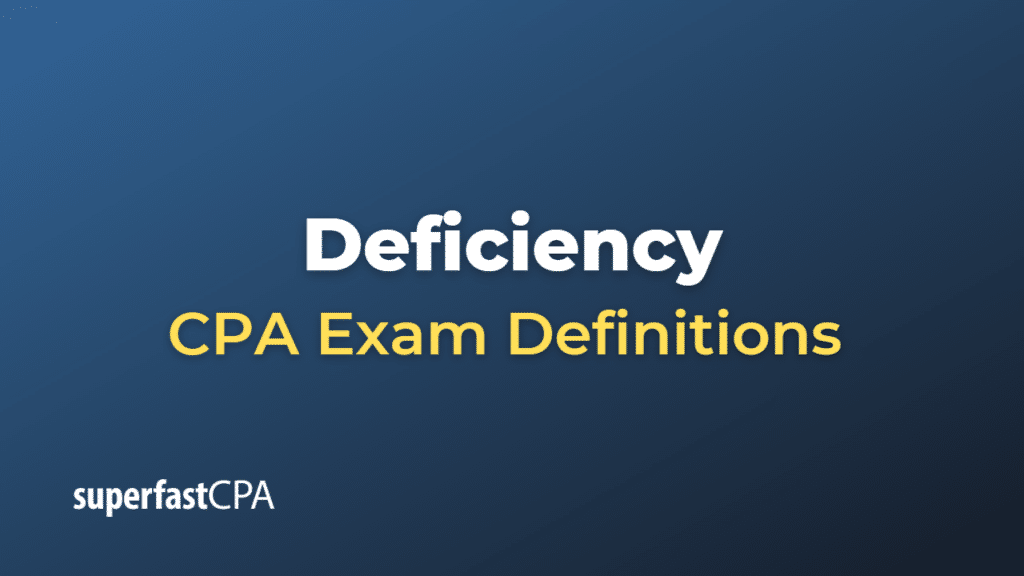Deficiency
In the context of an audit, a “deficiency” refers to a weakness or a shortcoming in an organization’s internal control system, which may hinder the organization’s ability to achieve its financial reporting objectives, safeguard its assets, and ensure the reliability of financial statements. A deficiency in internal controls increases the risk of material misstatements in the financial statements due to fraud or error.
Deficiencies in an audit can be categorized into two main types:
- Control deficiency: A control deficiency exists when the design, implementation, or operation of a control does not allow management or employees, in the normal course of performing their assigned functions, to prevent or detect and correct misstatements in the financial statements on a timely basis. Control deficiencies may arise due to inadequate policies, procedures, or segregation of duties, or insufficient monitoring of the control environment.
- Material weakness: A material weakness is a more severe form of control deficiency, in which the deficiency or combination of deficiencies in internal control is significant enough to create a reasonable possibility that a material misstatement in the financial statements will not be prevented or detected and corrected on a timely basis. Material weaknesses may result from a lack of oversight by the organization’s management or board, the absence of essential controls, or the ineffectiveness of existing controls.
During an audit, auditors evaluate the organization’s internal control environment, identify control deficiencies, and assess the potential impact of those deficiencies on the financial statements. If deficiencies are identified, auditors communicate their findings to management and those charged with governance, such as the board of directors or the audit committee. Management is then responsible for addressing the deficiencies and improving the internal control system to reduce the risk of material misstatements in the financial statements.












